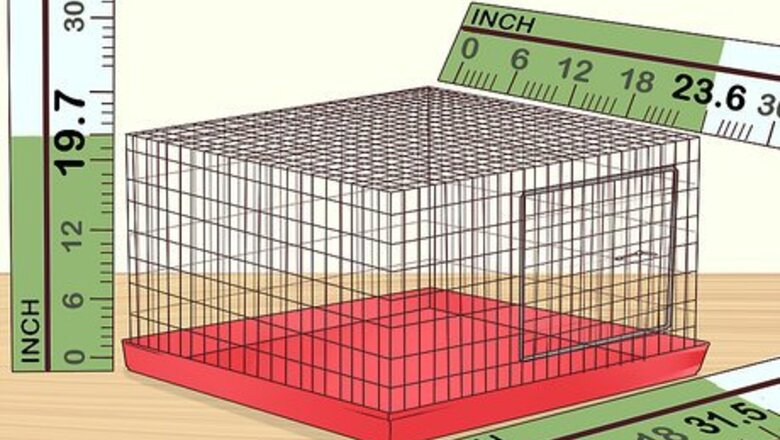
views
X
Research source
If you've just brought home your first budgie, you will want to ensure that it stays healthy and happy.
Setting Up Its Home
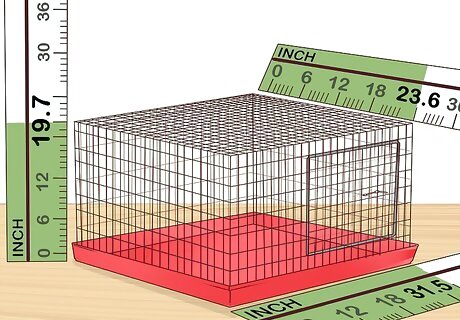
Buy a big cage. Birds need to have some space to play and stretch their wings. If you care about their well-being, try to find a model that lets the light go through. The cage should be at least 50 centimeter (19.7 in) D x 60 centimeter (23.6 in) H x 80 centimeter (31.5 in) W. Try to buy a cage that is wider than it is tall and with a square top. Budgies fly horizontally, not vertically like quails. Fancy-topped cages are simply a waste of space and money. Do not buy a circular cage, as a budgie cannot stretch its wings and fly properly in one. The bird will also feel insecure and scared, as it has no corners to hide in. Your budgie must be able to spread its wings and fly. Do not crowd the cage with toys, perches or other budgies. Test a few cages and look for one that you can clean easily. Can your hand enter the cage easily? Can you use a brush inside it? Remember that budgies defecate every ten to fifteen minutes! You should buy a bigger cage if you decide to have one or more budgies.
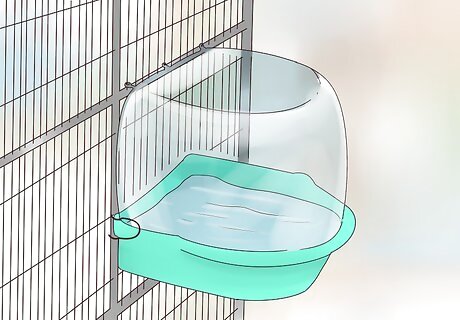
Add a bath. Budgies might defecate a lot but they also like to stay clean. They even like to go under water for fun. Look at your favourite pet shop for a stable mini-bathtub made out of plastic that you can hook to the cage. It must be accessible for the budgie and easy to refill from the outside. Don't fill the bath too much. You don't want the budgie to spill water on the bottom of the cage every time he goes in its bathtub. The bathtub must be roughly the size of the bird so he can immerse himself in the water. A bathtub is great for your pet budgie and they are sure to love it but make sure it doesn't take up a lot of room in the cage. Budgies will clean themselves if you spray some water onto them; it's not a must for them to have a bird bath. If you can’t afford a bath or there aren’t any for sale, you can use a clean plastic container you don’t need and fill it with clean water. This way, the budgie can stay clean and you have recycled plastic.
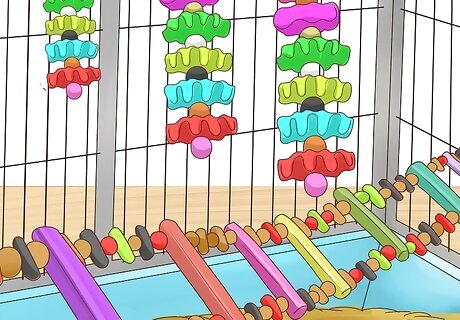
Add a few toys and perches of different thicknesses, shapes and textures. Natural perches are great, especially compared to dowel or plastic perches. They also look far better. Make sure that the perch is stable to avoid any injury. Thicker perches are better because narrow ones can hurt a budgie’s feet. There is a great variety of toys. Look out for ladders, bells, balls, etc. They will keep your budgie stimulated. Check that the wood is safe for the bird, such as eucalyptus. Dowel perches or plastic perches can cause foot problems due to the lack of foot exercises. Avoid perches and toys made out of Prunus trees as they might contain cyanogenic glycosides. Also avoid oak because the wood contains tannins and trees with milky sap. There are no confirmed bird deaths, but it's always better to be on the safe side. Try to avoid concrete perches, as they are hard on the bird's feet, but if you must use them, position them at the lowest point possible. Don't give the budgie too many toys or perches. The amount of toys in the cage depends on the size, so the bigger the cage, the more toys. It is important to have at least 3-4 toys in the cage minimum. There should be at least one of each type of toy. A shredding toy, a foraging toy, and a noise making toy. Make sure there aren't too many toys to where it crowds the cage. A good place to put them is along the cage wall and next to perches for easy reaching. Budgies should always have toys in their cage for mental stimulation, as having none can cause many mental issues such as boredom, which leads to feather plucking.
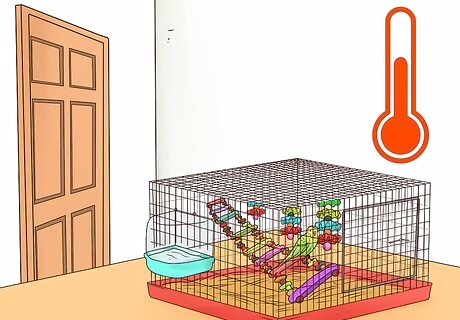
Think about the room. Try to put the bird in a warm room where there is no temperature fluctuation. A light room will keep your bird stimulated and happy, and a room close to family activities will prevent your bird from becoming lonely, and will get an untamed bird used to humans. Avoid placing the cage in front of a sunny window or next to an open door. Cold drafts and over-exposure to the sun can kill your bird.
Taking Good Care Of the Budgie
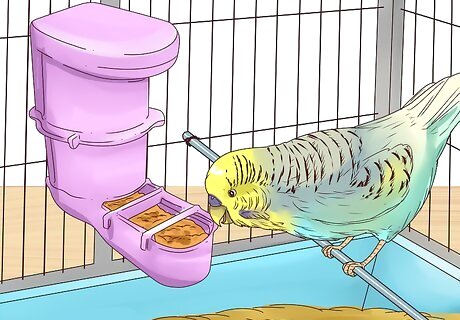
Feed your Budgie properly. You should put your food in metal bowls instead of plastic ones as plastic ones tend to collect bacteria easily. Good budgie food mostly consists of pellets, seeds, and fresh fruits and vegetables. You can purchase budgie feed from your pet store or grocery store, this will make up most of your birds' diet but you can also supplement it with other types of food like coriander leaves, greens etc., Try to introduce pellets in the diet mainly as a seed-only diet can lead to obesity. Never feed your budgie avocado, chocolate, onion, garlic, caffeine, alcohol or human junk foods. These are toxic to the bird. Make sure the budgie has enough water to drink in its dispenser. The bird will know how much to drink. Change the water daily to prevent bacterial build-up. Add a cuttlebone. This is a good source of natural calcium for budgies. Mineral blocks can also be bought too. Some people may use liquid vitamin and mineral supplements, but those will be consumed through fresh fruits and vegetables. Cuttlebones contain calcium carbonate, magnesium, potassium, iron and zinc. Cuttlebones are very important to budgie health. Make sure you change the cuttle bones every once in a while.
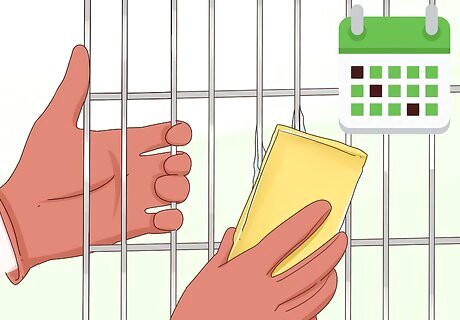
Clean out the budgie's cage at least once a week. This will keep the budgie safe from disease germs. Clean only with mild dish soap and water and avoid using any cleaning products unless you are one hundred percent sure that they are safe for birds. Try misting your bird with a fine spray from a misting bottle to keep the bird cool.
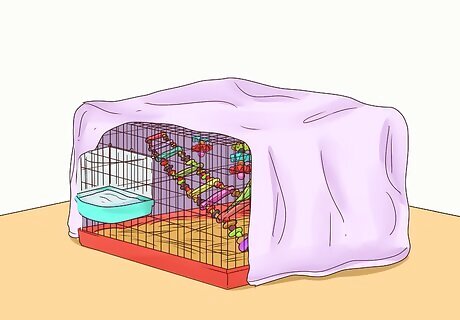
Create a good environment for your budgie to sleep. When it's time to sleep, simply throw a light towel or blanket over the cage. Make sure there is sufficient air ventilation - you don't want to suffocate your new bird! Make sure that the bird cannot get its nails caught in the fabric or chew on it. This is also helpful when it's noisy. The blanket will muffle most sounds and will also keep cold drafts out. If your budgie is frightened by the dark, add a little night-light. Don't let your bird panic. It might fly around the cage and injure itself.
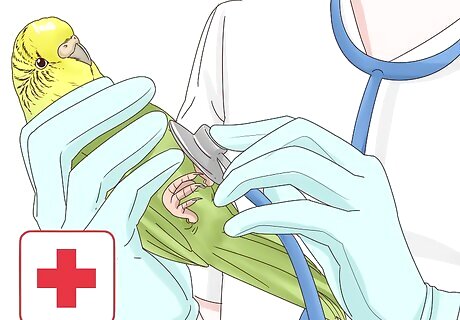
Monitor its health. Take the budgie to the veterinary surgeon at least once a year for a check-up. If your bird acts weirdly or if you spot anything unusual, go to the veterinary surgeon as quickly as you can. Look out for abnormal breathing, discharge from the eyes or the beak, mucus on the feather, abnormal behavior, weird poop color, tail bobbing, and a loss of weight. If any of these symptoms occur, call the veterinary surgeon immediately.
Settling In
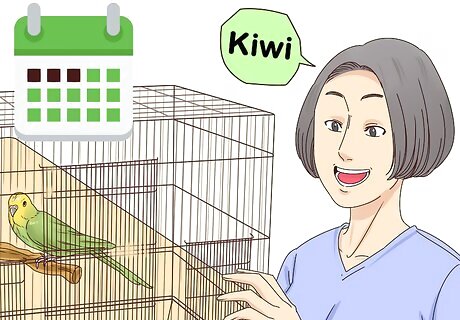
Make sure that the budgie is comfortable on arriving at its new home. Give it some time to get used to its new surroundings - about three or four days at least. Never rush your budgie. It will adapt on its own. Stay close to the cage. Talk to it sweetly and quietly as you wait for it to adjust but do not try to handle it. It will get used to you in the course of a few days or weeks. Keep the bird in quarantine for four weeks if you have other budgies. Once you are sure that the bird is free from disease, bring the cages closer without mixing the birds. Your new budgie will slowly familiarize with these new friends. Avoid loud noises and screams. Your budgie is likely to be stressed by this new environment. Name your budgie. Say it often, especially when you feed it, so that it gets used to its new name.
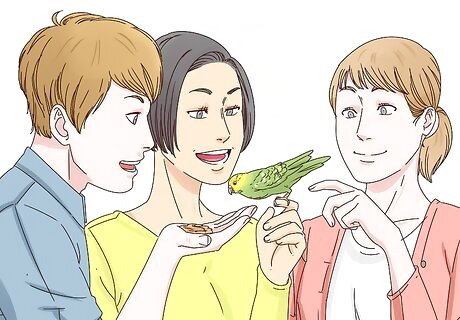
Introduce your household progressively. Your budgie might be overwhelmed if there are too many people around. Bring your family members once at a time and make them repeat its name. Let your household feed the bird to gain its trust. Be careful if you have another pet, especially a cat or dog. Cats and dogs are natural predators, and they are likely to find your budgie suitable for their next meal. Keep the cat and/or dog in another room at all times to avoid any unnecessary stress. Dogs are also likely to get excited and may accidentally or purposefully hurt your bird. Their bark can also frighten the budgie. Check that your children treat the bird with respect. Little children can get overexcited when they have a new pet. Always make sure to be in the room when they look at the bird. Don't let them hit the cage or try to grab the budgie.
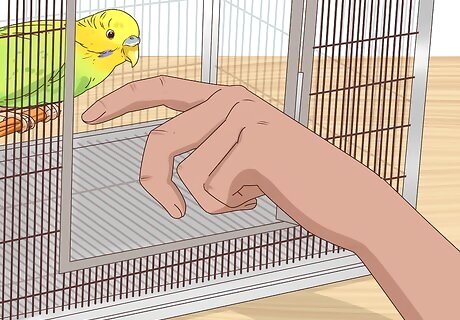
Seek to win the budgie's trust. Put your hand in the cage after a few days. Just place it there and don't move it for some time. Repeat this for some days, to allow your budgie to get used to you. When the budgie seems okay with your hand, place your finger inside the cage. Then push it slightly against your budgie's chest. This will encourage it to climb on your finger. Do this for some days. Feed your budgie from your finger. Dip your finger in water and put some millet grains on it. The water will make the millet grains to stick on your finger. Place your finger near the budgie's mouth and it will eat them if it's grown used to you. If the budgie bites you, don’t jerk away as this may cause the budgie to think that this is a game. After doing this a few times, hold the budgie gently in your hand. Do this briefly at first, then extend the time.
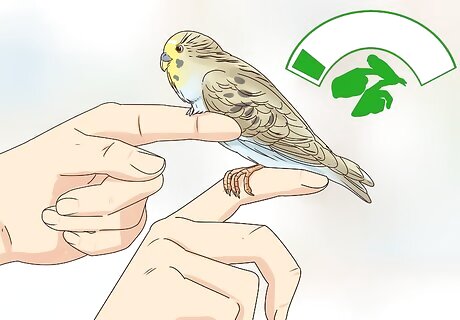
Don't handle the budgie too much during its first two to three weeks. Eventually, as it becomes used to its new environment, start interacting with it more and more and eventually it will know you are a friend and not a predator. If you rush things, the budgie may start being a little anxious and afraid. This will cause it to fail to bond with you.
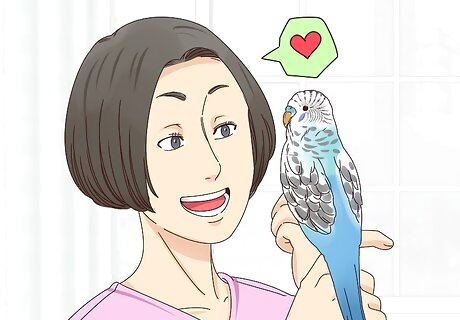
Always treat your budgie with love and kindness. Remember that the bird is fragile given the strength of a human hand and therefore requires that you handle it with care. Always remember to teach people new to birds how to handle and properly play with this delicate little creature. Educating younger people may be tough but is very important if they wish to play with the budgie. Never kiss your budgie, human saliva is toxic to budgies, and they might carry easily transmittable diseases.
Keeping Your Budgie Stimulated
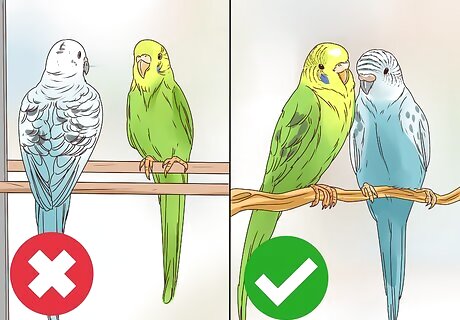
Weigh the pros and cons of a mirror. Adding a mirror in the cage of your budgie can keep the bird entertained for hours. They love to look and talk at their reflection but be aware that there are debates about potential psychological damages. Your budgie may become extremely attached to the mirror, and depressed and frustrated when it can't mate with its reflection. Instead of a mirror, consider a second bird. Budgies love company and will probably welcome a new friend. You may need to separate the two at first until they feel comfortable with each other. A mirror will most certainly with male, often also with female budgies, lead to crop infections as parakeets regurgitate to feed their mates. A mirror (the feeding bird itself) will not provide the needed feedback that has to come from a real mate. If you decide to install a mirror, make sure that it's fixed to the cage and doesn't present a risk to your bird. Falling mirrors can injure your bird and may be fatal.
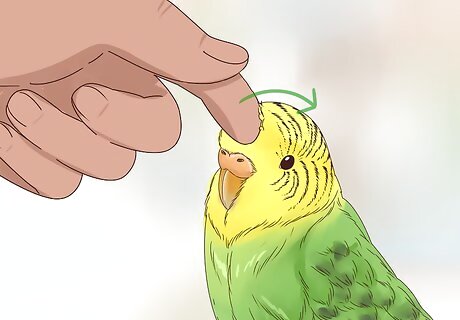
Talk and play to the budgie often. Your bird will love the interaction and the games and is likely to become very chatty. Move your finger in front of it–– if it is shaking its head in the same direction, it means that it loves to play and is very active.
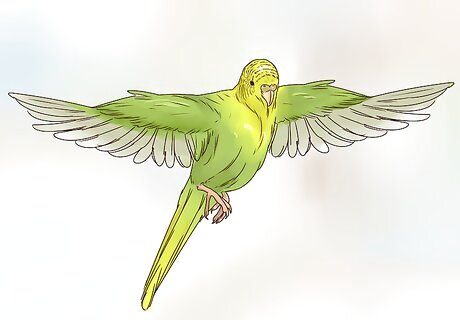
Let the budgie fly in a room. Once the bird is at ease with you and its environment, you can let it fly in a room with all of the windows and doors closed. To call it back, switch off all the lights and the curtain of one window open, but remember the window must be closed. The budgie will be attracted towards the light. Hold it gently and put it back inside the cage. Make sure that the bird is safe. Put the cat or dog away and look out for potential escape routes. Check if there is anything likely to be dangerous to your bird when it’s out and supervise it at all times. Think about your own hygiene. Your budgie is likely to defecate on the floor. If there is feces on a solid surface, you can wet a paper towel and wipe it away. If there is feces on carpet, use a dry paper and gently scoop it up, being careful not to squish it.











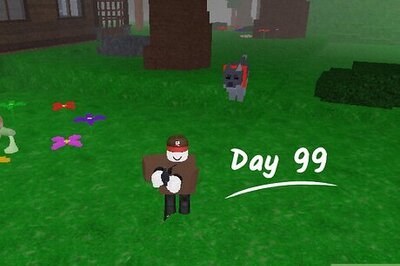


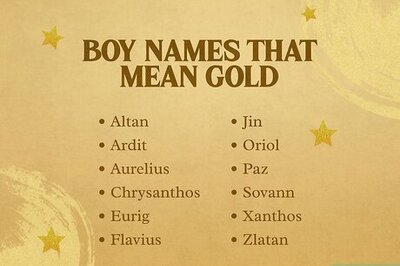



Comments
0 comment